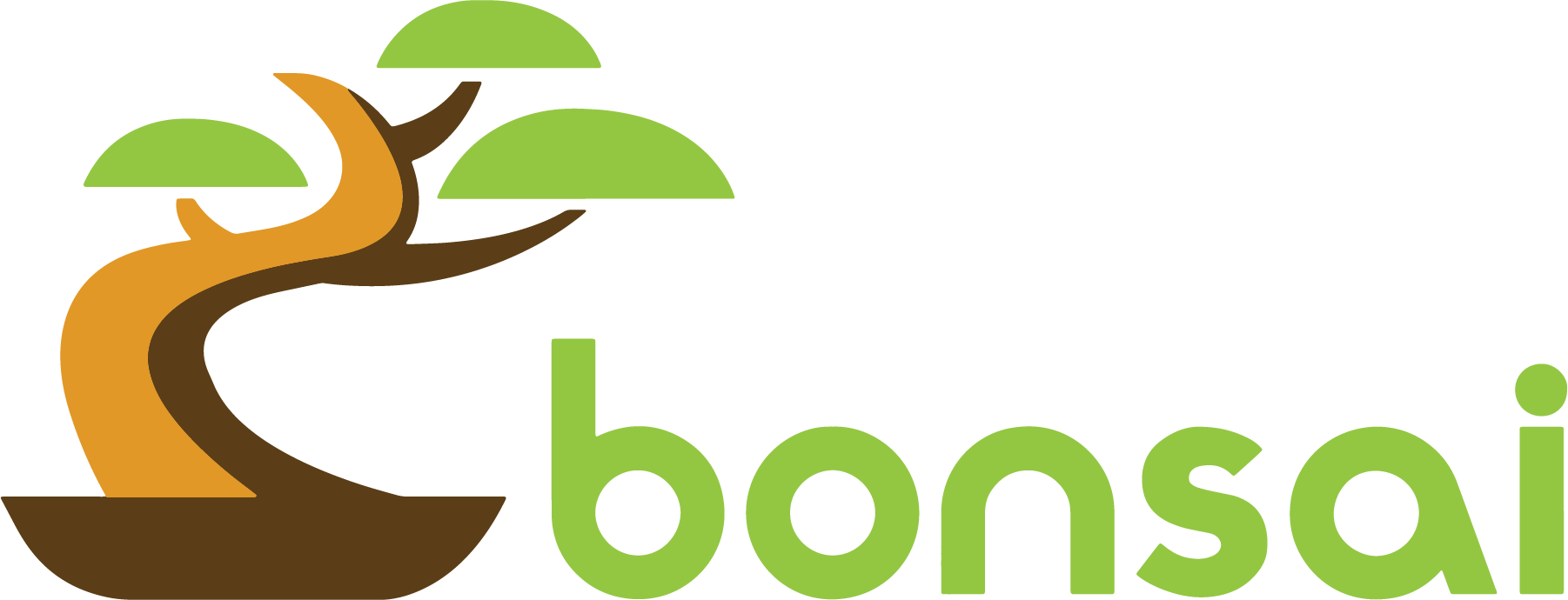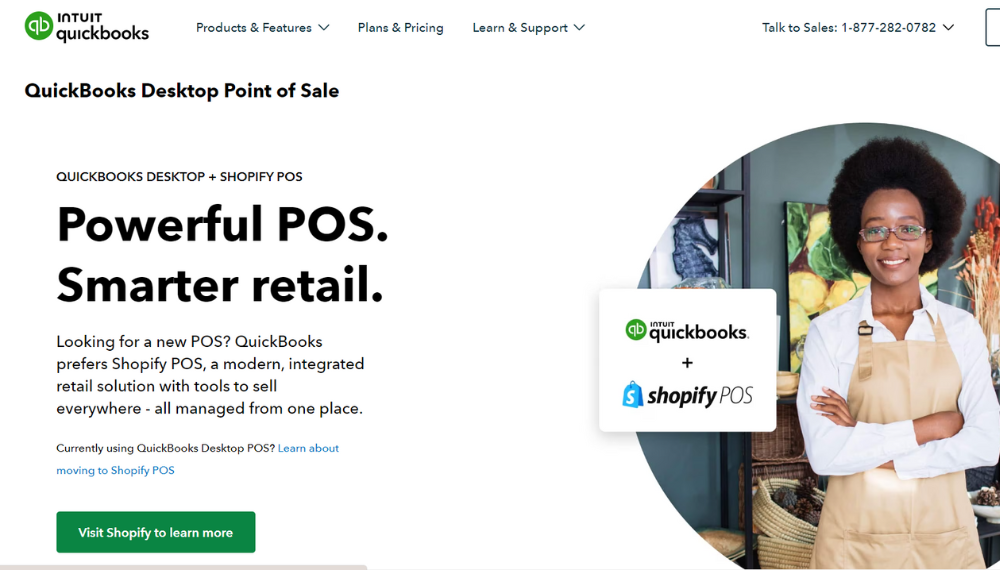A convenience store is a type of retail store that is typically small in size and offers a limited selection of products and services, with a focus on convenience and accessibility for customers. These stores are often located in urban or suburban areas. They are designed to provide quick and easy access to everyday items such as snacks, drinks, tobacco products, and other household necessities.
Definition of Profit Margin
Profit margin is a financial metric that expresses the percentage of a company's Revenue that remains as profit after subtracting all expenses, including the cost of goods sold, operating expenses, and taxes. Essentially, the profit margin is a measure of the profitability of a business and indicates how much profit the business earns for each dollar of Revenue it generates. There are two primary types of profit margins that businesses use to measure profitability:- Gross profit margin: Gross profit margin is the percentage of Revenue after deducting the cost of goods sold (COGS) from total Revenue.
- Net profit margin: It is the percentage of Revenue after deducting all expenses, including COGS, operating expenses, and taxes, from total Revenue.
- Profit margin is an important metric for businesses, as it provides insight into the efficiency and profitability of a company's operations.
Importance of Profit Margin to Business Owners
Profit margin is a critical financial metric for business owners, including those who own and operate convenience stores. Here are some of the key reasons why profit margin is important:- Indicates the financial health of the business: Profit margin indicates how well a business is performing financially. A high-profit margin indicates that the business generates healthy profits and effectively manages its expenses. In contrast, a low-profit margin may indicate that the business struggles to meet ends.
- Helps with strategic decision-making: Profit margin is an essential tool for strategic decision-making. Business owners can identify areas where they can reduce costs, increase Revenue, and improve profitability by analyzing profit margins.
- Enables investment and growth: A good profit margin allows business owners to reinvest in their business and pursue opportunities for growth and expansion. This can include opening additional stores, expanding product lines, or investing in marketing and advertising.
- Attracts investors and lenders: Profit margin is also important for attracting investors and lenders. A high-profit margin demonstrates that the business is financially stable and has the potential to generate strong returns on investment.
- A benchmark for industry comparison: Profit margin can also be used for industry comparison. By comparing profit margins to other businesses in the same industry, business owners can gain insights into how their business performs relative to their peers.
Calculation of Profit Margin in a Convenience Store
Two main types of profit margins are commonly used in calculating profitability for these stores: gross profit margin and net profit margin.- Gross Profit Margin: This metric measures a convenience store's profit after deducting the cost of goods sold (COGS) from the Total Revenue.
- Net Profit Margin: This metric measures the profit that a convenience store makes after deducting all expenses, including COGS, operating expenses, and taxes, from the Total Revenue.
Profit Margin for Convenience Stores
The average profit margin for convenience stores can vary depending on a range of factors, including location, competition, and the size of the store. However, according to industry data, the average profit margin for these stores in the United States typically falls from 2% to 6%. Explanation of the findings from our research.- Average Gross Profit Margin: According to the research, the average gross profit margin for convenience stores in the US is around 25%. This means that, on average, these stores earn a gross profit of $0.25 on every dollar of sales.
- Average Net Profit Margin: The research also found that convenience stores' average net profit margin is around 2.2%. This means that, on average, these stores earn a net profit of $0.022 on every dollar of sales after deducting all expenses.
- Chain vs Independent Stores: The research found that chain convenience stores have higher profit margins than independent stores. The average net profit margin for chains was around 3.1%, while for independent stores, it was around 1.7%.
- Location and Competition: The research also noted that profit margins for convenience stores could vary significantly based on the location and level of competition in the area. Stores in high-traffic areas or areas with limited competition tend to have higher profit margins. Compared, those in low-traffic or highly competitive areas tend to have lower profit margins.
How do Convenience Stores Make Money?
Convenience stores make money by selling various products and services to customers. Here are some of the ways that these stores typically generate Revenue:- Merchandise Sales: They sell various products, including food and beverages, tobacco products, lottery tickets, over-the-counter medications, and personal care items. These items are typically marked up from the wholesale price, allowing the store to generate Revenue and profit from their sales.
- Gas Sales: Many stores also have gas stations attached to them, which allows them to generate Revenue from the sale of gasoline and other automotive products such as motor oil and windshield wiper fluid.
- Foodservice Sales: Many convenience stores offer food service options, such as hot dogs, sandwiches, and snacks. These items are typically marked up from the cost of the ingredients and labour, allowing the store to generate Revenue and profit from their sale.
- ATM and Lottery Sales: These stores often have ATMs and lottery ticket machines on their premises, which allow them to earn a commission or a fee for each transaction.
- Other Services: Some stores also offer additional services such as check cashing, bill payment, and money transfers, which allows them to generate Revenue from fees and commissions.
Recommendations for Improving Profit Margin in a Convenience Store
Improving profit margin in a convenience store requires careful attention to various factors, including product mix, pricing strategy, operational efficiency, and customer experience. Here are some recommendations for improving the profit margin:- Optimize Product Mix: Evaluate your store's product mix and focus on items with high-profit margins, such as cigarettes and lottery tickets. Consider phasing out low-margin items or negotiating better pricing with suppliers.
- Implement Smart Pricing Strategies: Consider implementing dynamic pricing strategies to maximize profitability. For example, you could adjust pricing based on the time of day, day of the week, or customer behaviour.
- Optimize Store Operations: Look for ways to improve operations and reduce costs. This could include reducing waste, optimizing inventory management, and improving employee productivity.
- Improve Customer Experience: Improve customer experience to encourage repeat business and increase Revenue. This could include improving store layout, enhancing customer service, and offering loyalty programs or promotions.
- Leverage Technology: Consider investing in technology solutions such as POS systems, inventory management software, and mobile apps to improve efficiency, reduce costs, and increase Revenue.





